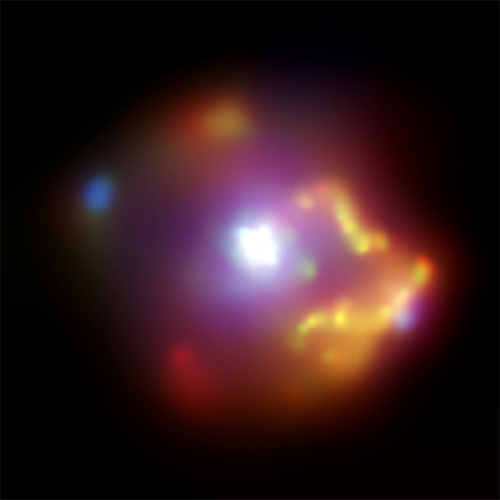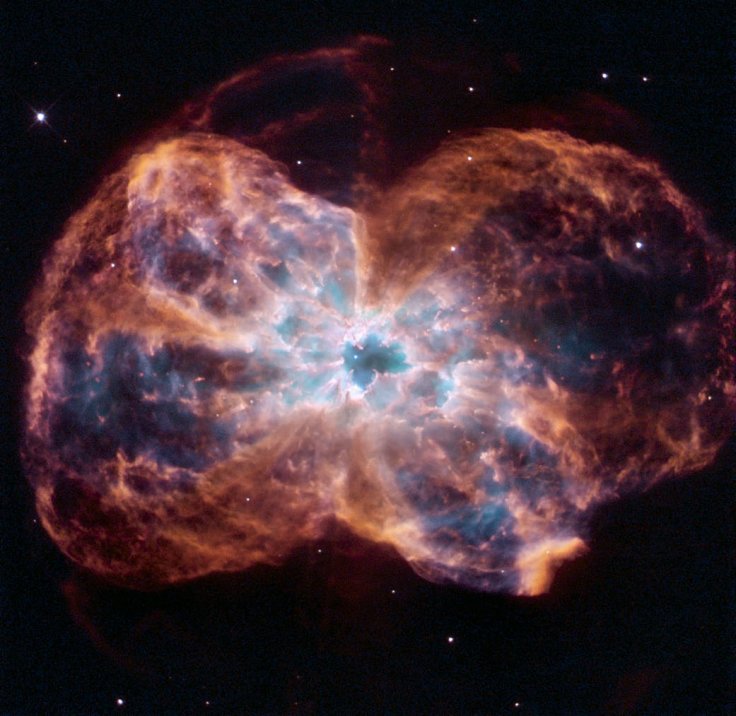A group of scientists was able to observe a star that they believe could be almost as old as the universe. According to the scientists, the star, which is a red giant that will go supernova soon, has the lowest iron levels compared to other known stellar objects.
The study about the star was conducted by an international team of scientists. It was published in the journal Monthly Notices of the Royal Astronomical Society: Letters.

Discovering An Old Star
The star that the scientists discovered has been identified as SMSS J160540.18–144323.1. It is located within the Milky Way galaxy and is about 35,000 light-years from Earth's neighborhood. After observing the star, the scientists learned that it has the lowest levels of iron of any known star in the entire galaxy.
This finding suggests that SMSS J160540.18–144323.1 belongs to an ancient group of stars that can be traced back to the Big Bang, the major cosmic event that created the universe 13.8 billion years ago.
"This incredibly anemic star, which likely formed just a few hundred million years after the Big Bang, has iron levels 1.5 million times lower than that of the Sun," lead scientist Thomas Nordlander of the ARC Center of Excellence for All Sky Astrophysics in 3 Dimensions in Australia said in a statement. "That's like one drop of water in an Olympic swimming pool," he continued.
Determining A Star's Age
As explained by the scientists, a star's iron content is a good indicator of its age. During the universe's first couple of years, stars were mainly made up of hydrogen and helium. In larger stars, however, various elements such as silicon and iron are formed through nuclear fusion. Through this process, the atomic nuclei of lighter elements are merged together to create heavier ones.
Once a star goes supernova, the explosion sends its elements across the universe, making them the building blocks of new star formations. Since SMSS J160540.18–144323.1 has a very low iron content, it indicates that it came from a period when other stars did not contain as much metal elements as they do today.

Dying Star's Fate
According to the researchers, SMSS J160540.18–144323.1 is a red giant star. This means that it has already reached the end of its life cycle.
Eventually, the fuel powering the star will run out, causing the stellar object to collapse under the weight of its own gravity. Once this happens, the star will trigger a bright supernova event.









